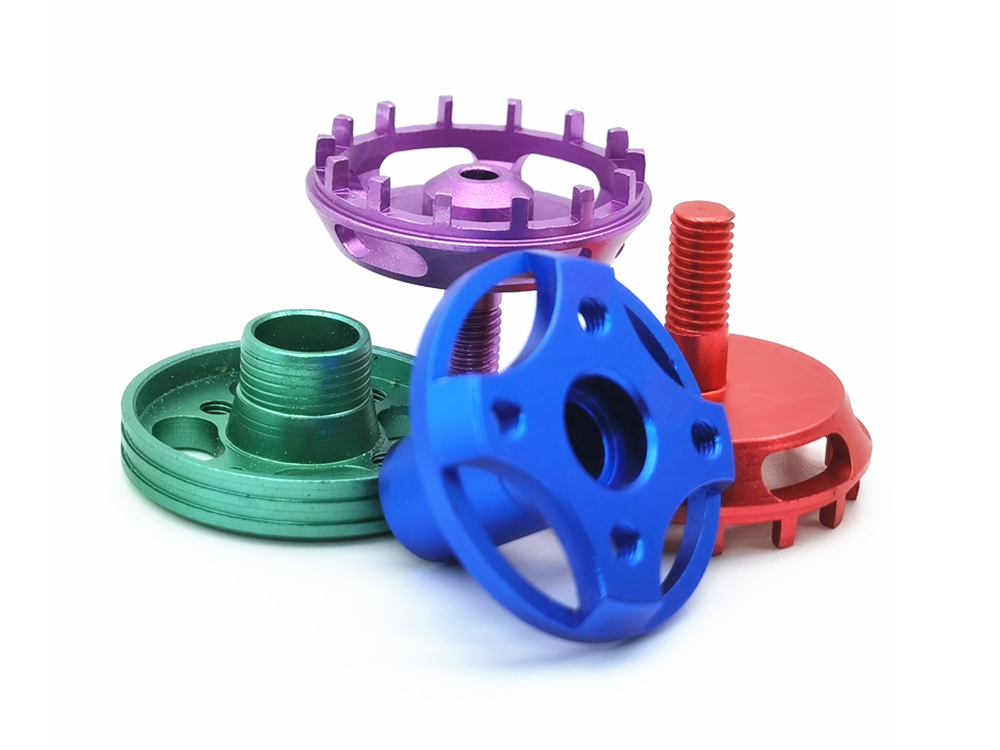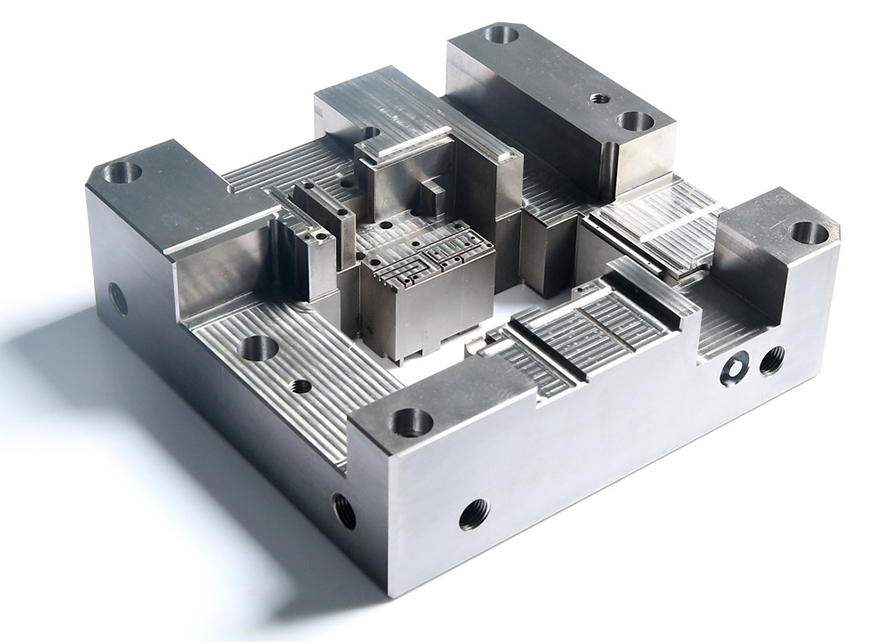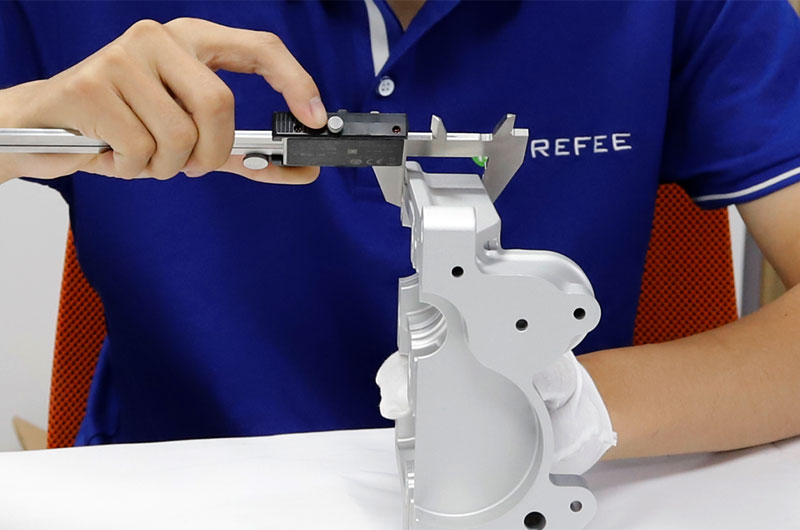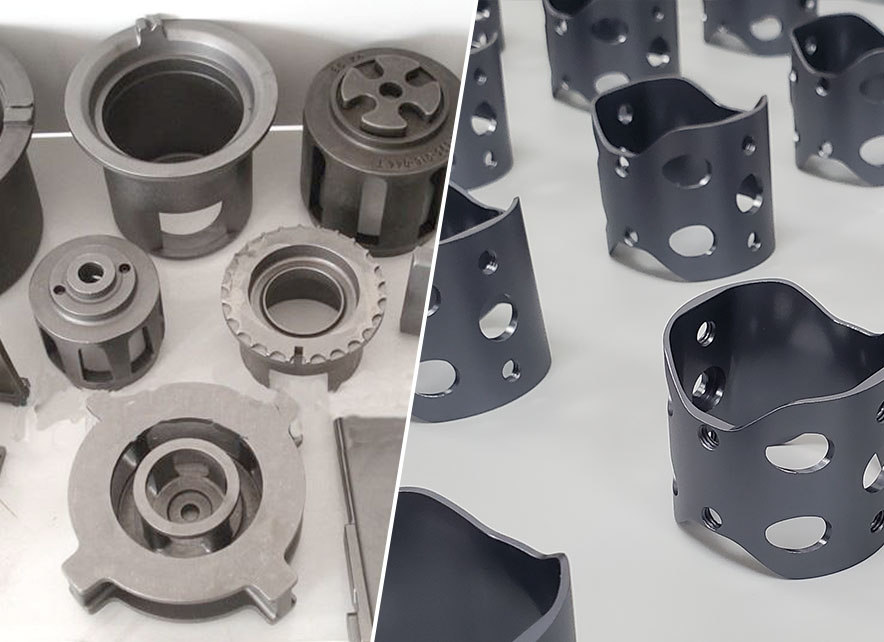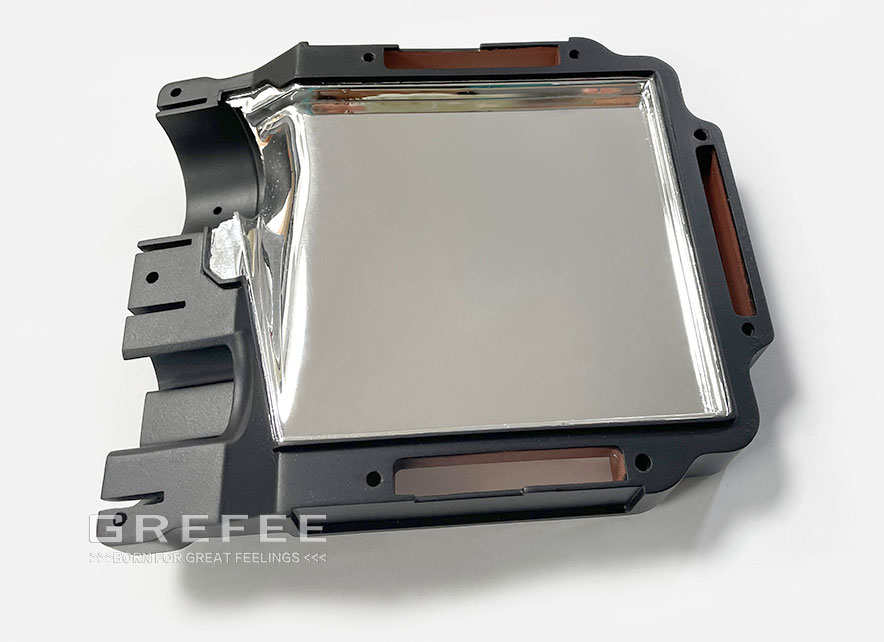Post treatment methods of essential parts in metal electroplating

Posted on : July 1, 2022 By GREFEE
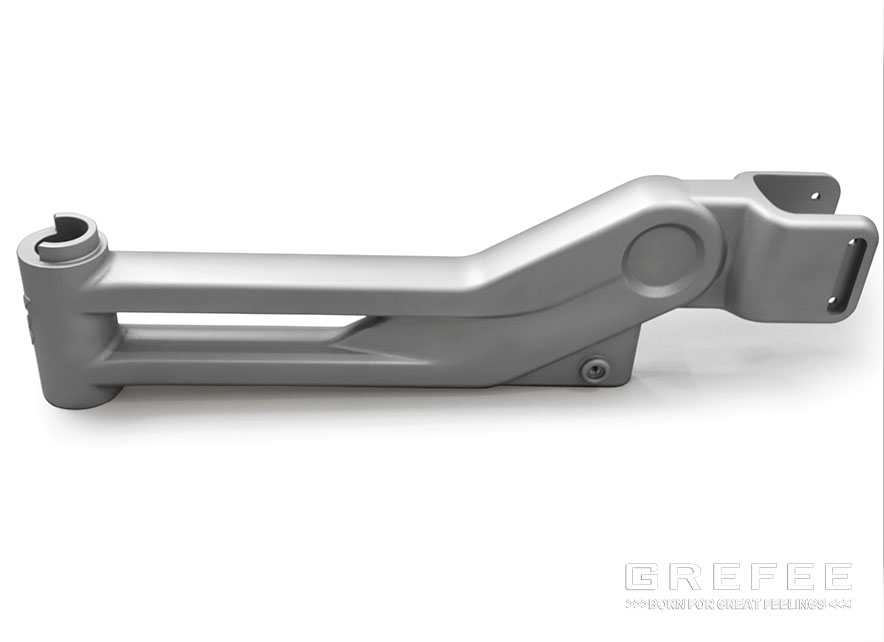
In the mechanical design, electroplating is a common surface treatment processing. Let’s take a look some common used metal electroplating processing.
what is metal plating
Electroplating utilizes the principles of electrocysis by coating a thin layer of other metal or alloy on the surface of a different metal to prevent the metal oxidation, such as corrosion to enhance its wear resistance, electric conductivity, reflection, corrosion resistance (copper sulfate, etc) to improve the aesthetic value and other aspects. The outer layer of the coins is also the work of the electroplating services. There are several electroplating methods, the electroplating types vary according to the a variety of electroplated materials, such as metal chrome plating or gold electroplating. Besides, it is also influenced by other factors, such as positions, applications, conditions, etc. It includes “wet plating” and “dry plating”.
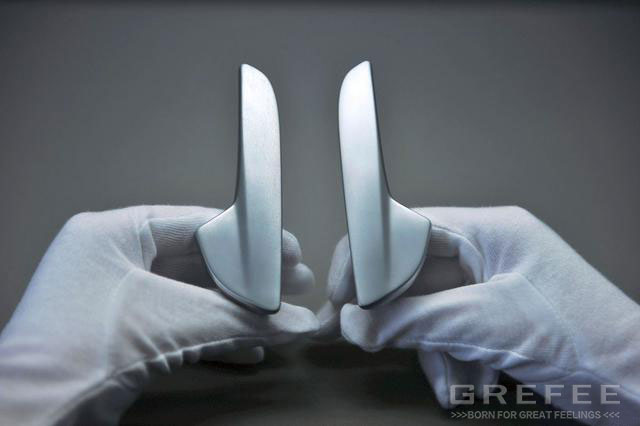
Wet plating
Wet plating is a method that puts an item into the liquid to start plating with the action of the electrolysis and chemical reaction, mainly including electrochemical plating and chemical plating.
Electroplating (electrochemical plating)
It is method which immerse the metal ions into the solution containing metal ions to be plated, and deposit the metal ions on the metal surface through the direct current electrolysis.
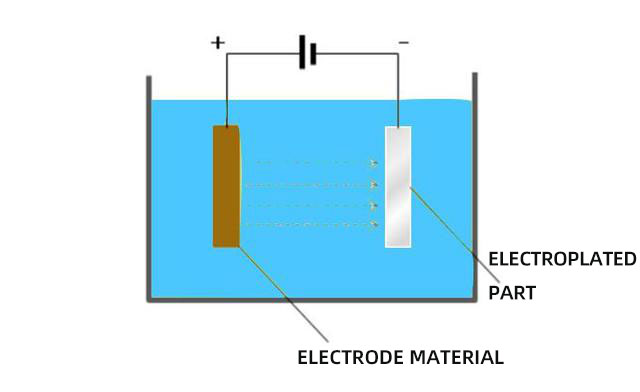
The property indexes of the electroplate layer includes the appearance, thickness, porosity, corrosion resistance, hardness, and interval stress. The degree of the fine processing of the electroplated parts and electroplating conditions determine the appearance. While the thickness is connected with the current intensity x electrolysis time “. The hardness and internal stress change according to the additives and plating conditions.
Thus, the composition and working conditions of the electroplating grooves will affect the quality of electroplated layer. On top of that, due to the use of the harmful chemical substances in this processing, the operator should be highly cautious when operation. The waster water has strict treatment standards, which in align with the requirements of different solutions.
In the common electroplating, when the electroplating layer becoming thick, the gloss will disappear. Therefore, we can perform the smooth glossy plating through adding appropriate additives.
Moreover, the metal chrome electroplating is one of the common metal electroplating practices because of several advantages of glossy layer, colorless in the air, low friction coefficient, good wear and corrosion resistance.
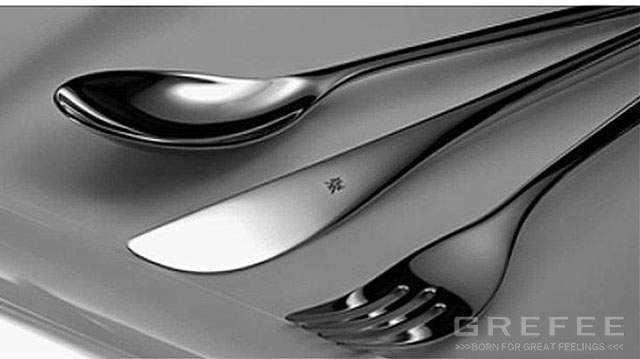
The zinc and chrome electroplating will discolour after processing. However, with the chromate treatment, its corrosion resistance increases significantly. The glossy or colorful films can be obtained.
Chemical electroplating (chemical plating)
Chemical electroplating refers to deposit the metal ions on the surface of other materials through the reducing substances and metal ions in the reactive plating solution without using electricity.
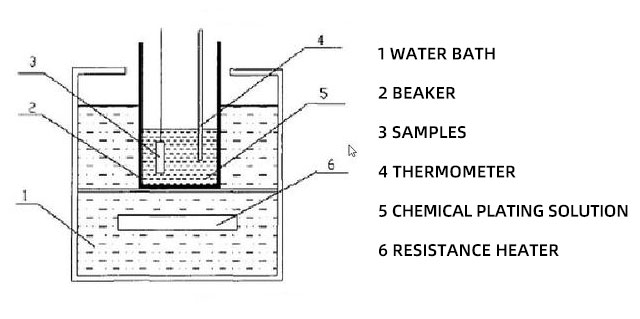
The advantage of this method is that no matter how the material shapes are, an even and thin film will be formed successfully. While, the precipitation speed is slow and the electroplating layer is thin, so it is hard and expensive to manage the equipment material and solutions.
In the chemical electroplating, an event thickness is available. Heating can increase the hardness, so it can be used as the wear resistant film. Besides, the chemical electroplating of the copper is often used in the pre-treatment of the electroplating of plastic.
Dry electroplating
Dry plating includes vacuum electroplating, vapor phase electroplating (vapor deposition), and melt electroplating.
vacuum electroplating
Vacuum electroplating is a method which heat or evaporate the metal or chemicals under a high vacuum condition. Through adopting the evaporated atom or molecules into the electroplated items, and form a metal or chemicals film. Here, the thickness of the film is less than 1μm.
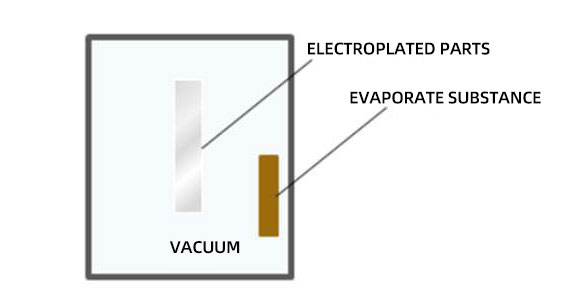
The industrial application include the decoration, packaging paper, etc. Depositing the aluminum on the metal gloss as the application of the electric devices, including the resistance and capacitor.
If the foundation does not release the gas, it can use non-metal rather than metal.
Besides, the vacuum electroplating deposition methods include PVD (Physical vapor deposition) and CVD (chemical vapor deposition). PVD utilizes the heat and plasma energy to evaporate the solid material and deposit it on the base plate. CVD utilizes the heat and plasma and the gas of other energy, including the film and elements to stimuli and decompose the substrate surface adsorbs and forms a thin film.
Besides, PVD method also includes the vacuum deposition, sputtering and ion plating. CVD methods include plasma CVD and thermal CVD. As so many film forming method choices, we have to consider the property and application of each type of film before using.
Vapor phase plating:
The method of obtaining metal coatings through the thermal decomposition or hydrogen reduction of metal halides and carbon based compounds is called “vapor phase plating”. However, due to the complex equipment, high cost, high temperature, dangerous chemicals, and heating needed material, it suits for special fields.
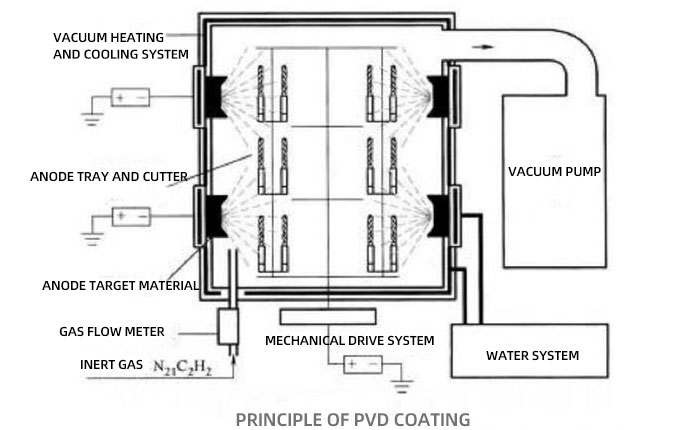
Melt plating:
This is a method that immerses the to be plated items into the molten metal and pull upward to obtain the metal film on the surface. When using it, as the melting point of material must be higher than that of the plated metals, the choice of metals and alloy types is limited. The electroplating practice is simple, which allows one to obtain thick plated layer in a short time, but cannot control the thickness. Besides, part of the material may be deteriorated.
That’s all for today’s knowledge about electroplating. The original intention of this sharing is to spread the knowledge of mechanical design through concise words and diagrams. If you have any suggestions or comments, please leave a message!
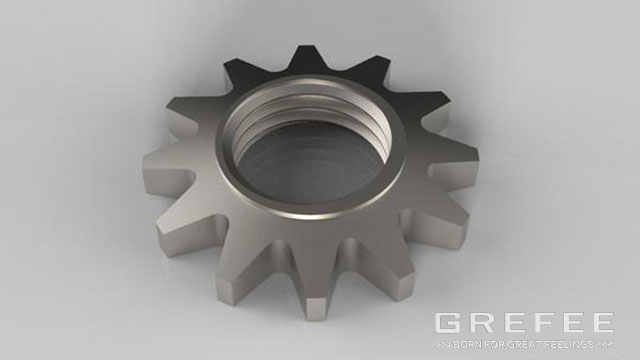
How to remove the electroplating layer
Abrasive blasting machine.
The material can be ground by the micro particle powder or fine particles with using the abrasive blasting machines of the sandblasting and shot blasting techniques, which is often used in automobile beauty stores and construction shops. Long term abrasive and sand blasting can remove the chrome plating layer on the items. However, after all, some areas that are hard to reach might need to be treated separately.
ultrasonic cleaning machine. The ultrasonic cleaning machine is a special equipment which is utilized to clean jewelries and delicate items that are hard to clean. In some cases, it can also be used to remove the chrome plating layer. If you have loose the chrome coating with other methods, it would achieve better results. Cleaning items with chrome coating into the ultrasonic cleaning machine and immerse them into the clean solution. The ultrasonic cleaning machine used solution is often the running water.
Hydrochloric acid is a strong acid with high corrosiveness. High concentration hydrochloric acid can remove the chrome coating on the metal items. 30-40% concentration should be enough.
Remove chromium plating on ferrous metals and carbon steel with sodium hydroxide (alkaline solution): sodium hydroxide is also called alkaline solution. It is a corrosive strong alkali chemicals that can be dissolve several types of metal coating like chrome. However, it could lead to dangerous chemical reaction when interacting with water and aluminum. Moreover, it will erode the aluminum products and generate flammable hydrogen gas. Thus can be only used for articles without aluminum in the base material. The operation method is as follows:
Reverse plating. Chrome is adhered on the metal surface through the electroplating technique. In this process, the chromium will bind to metal at the molecular level under the action of the electric current. however, this is risky because it needs electric flow, and the reaction products include several types of toxic carcinogenic chemicals. For instance, hexavalent chromium is an extremely dangerous product. Therefore, this method is best operated by professionals
Use oven cleaner
Some types of chromium can be removed with the commercial grade oven cleaner, especially those on the plastic automobile model. Those highly effectively degreaser is usually in the form of foam or liquid and is packed in spray cans. Spray a thick layer of cleaner on the chrome plated parts and wait for 10 minutes. Wipe off the chrome coating with the spray cleaner.

Try GREFEE now,for free
We keep your uploaded files confidential and secure.
